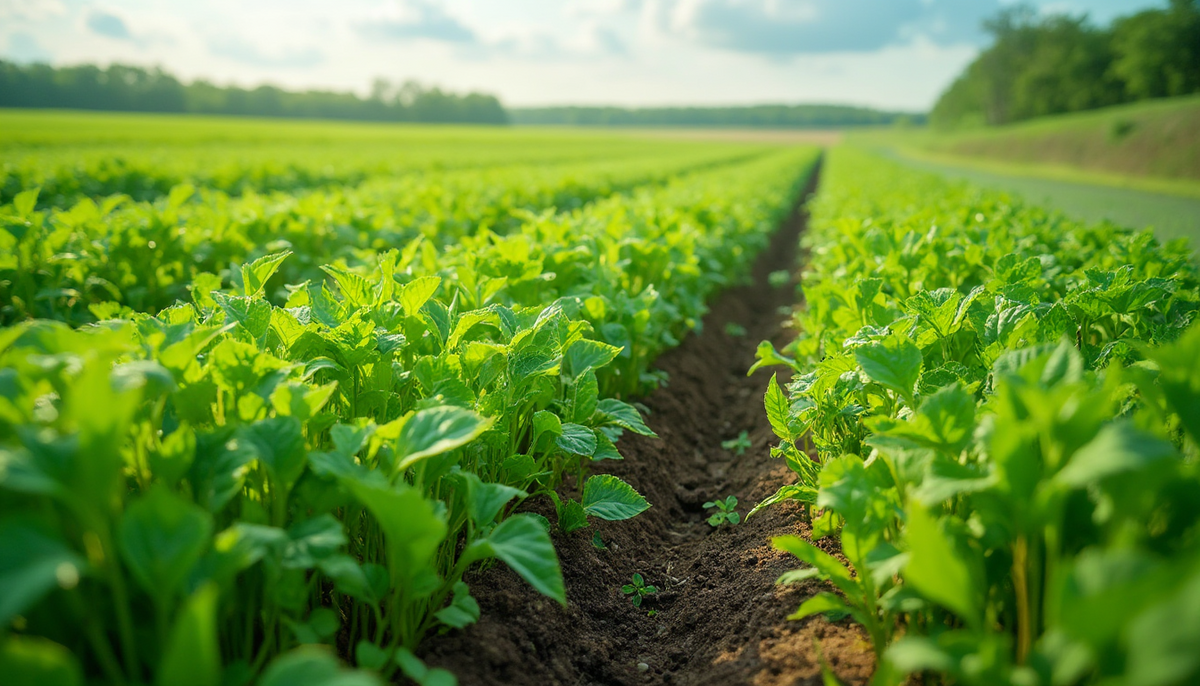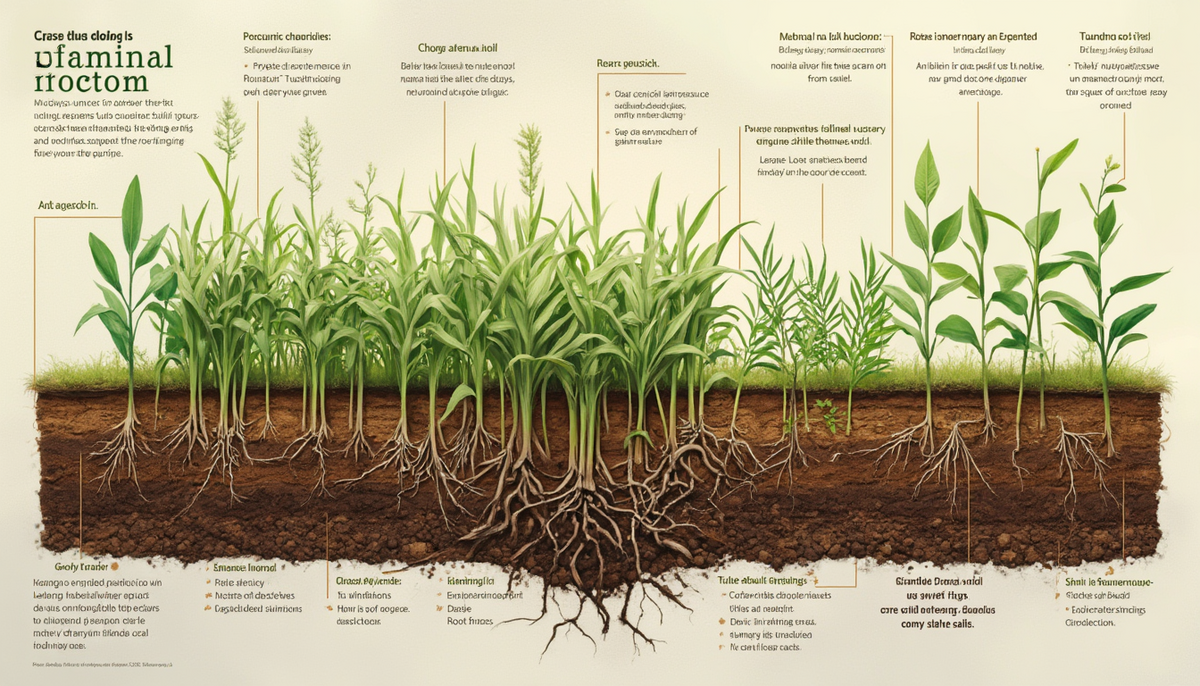Soil erosion poses serious challenges to agricultural productivity and environmental health. This post explores practical solutions that farmers can implement to combat soil erosion, supporting sustainable agriculture and protecting our planet.
Key Takeaways
- Contour farming – Effective in reducing runoff and conserving soil.
- Cover crops – Enhance soil structure and prevent erosion.
- No-till methods – Preserve soil integrity by minimizing disturbance.
- Windbreaks – Crucial for reducing wind erosion on farmlands.
- Soil conservation – A critical component of sustainable farming.
Table of Contents
- Introduction
- Strategies for Preventing Soil Erosion
- Implementing Soil Conservation Techniques
- Case Studies
- Conclusion
Introduction
Soil erosion is a major environmental threat that undermines the productive capacity of agriculture and degrades natural ecosystems. Addressing this issue is not just a matter of crop productivity — it’s also about water quality, biodiversity, and ecological balance.

Strategies for Preventing Soil Erosion
Contour Farming
By aligning planting practices with the natural topography of the land, contour farming substantially decreases runoff and preserves fertile soil, which is essential for plant growth.
Cover Crops
Cover crops such as clover and winter rye provide soil stability and improve organic content, which is vital for retain
ing moisture and nutrients.

No-Till Farming
This method avoids the disruption of soil structure, reduces erosion, and promotes biodiversity in the soil microbiome, which can help resist pests and diseases.
Windbreaks and Grass Waterways
Windbreaks protect soil from being blown away by wind, while grass waterways reduce the speed of water runoff, trapping sediments and improving water infiltration.
Implementing Soil Conservation Techniques
Adoption of soil conservation practices requires understanding the local landscape, soil conditions, and appropriate technologies. Farmers need encouragement and support to integrate new methods into traditional practices.

Case Studies
Examining successful case studies helps illustrate the effectiveness of soil conservation strategies. For instance, in regions prone to heavy rainfall, implementing terraces has shown to dramatically reduce erosion and improve water catchment.
Conclusion
Effective soil erosion control is not only feasible but essential for sustainable agriculture. By using strategic approaches tailored to their environmental conditions, farmers can protect their lands and ensure rich, productive soils for future generations.
Discover more about soil health, water retention, and sustainable practices by exploring our water and nutrient balance guide. Join our efforts in promoting environmental sustainability by visiting the donation page and support our missions or get in touch with us via the contact page.




